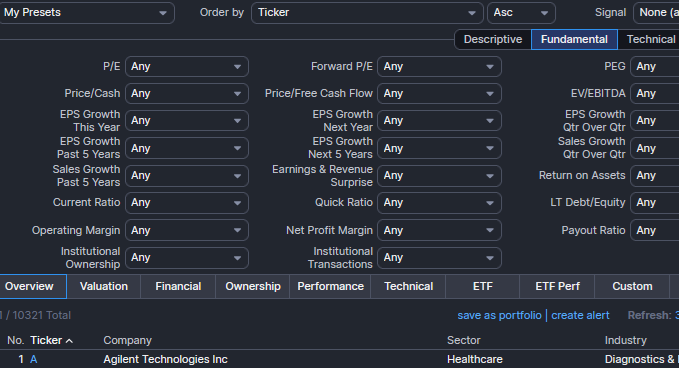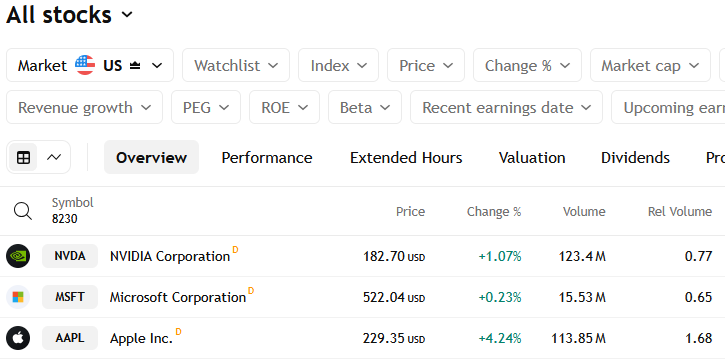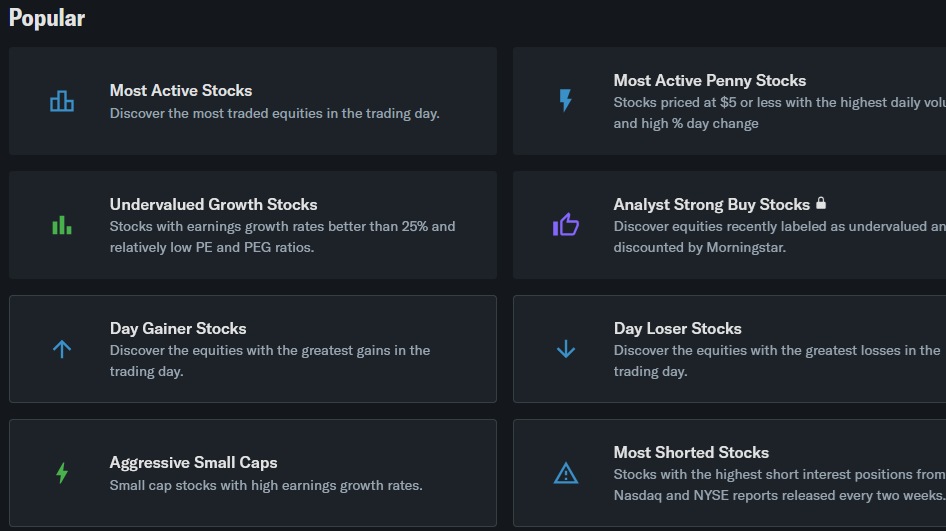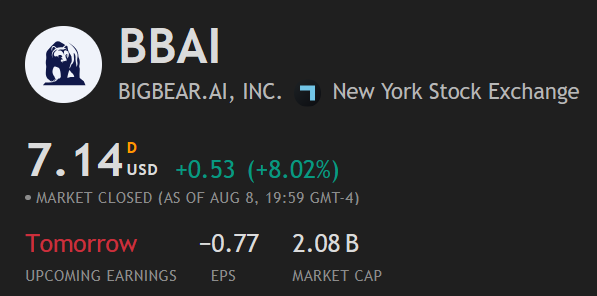With so many stocks and ETFs listed, it can be overwhelming. That’s where stock screeners come in. They cut through the noise and bring you a shortlist of stocks that fit your exact strategy. In this guide, we’ll break down 4 of the best free stock screeners on the market, each with unique strengths to help you filter, analyze, and discover your next winning trade. Whether you’re a beginner looking for simplicity or an experienced trader chasing technical setups, there’s a free tool here for you.
Finviz (https://finviz.com)

Pros:
- Extremely fast and responsive, filters update instantly.
- Huge range of criteria (fundamental, technical, descriptive).
- Visual heat maps and chart pattern search.
- Free version offers a lot and is already very powerful.
Cons:
- Delayed quotes (15–20 min) unless you pay for Elite.
- Mobile experience is less smooth than on the desktop.
- No built-in backtesting in the free version.
TradingView (https://www.tradingview.com)

Pros:
- Uses top-tier charting tools.
- Real-time data for many markets across the globe.
- Highly customizable filters and market alerts.
- Covers stocks, forex, crypto, and futures.
Cons:
- Interface can be overwhelming for beginners due to the amount of information.
- Some of the more advanced real-time filters require a paid plan.
- The free tier has limits on how many screeners and alerts you can set.
Yahoo Finance Screener (https://finance.yahoo.com/research-hub/screener/)

Pros:
- Very beginner-friendly, clean interface.
- Easy to use with pre-made screen templates.
- Integrates with watchlists and portfolios.
- Good for quick fundamental snapshots.
Cons:
- Fewer filter options compared to Finviz or TradingView.
- Lacks deep technical screening tools.
- Delayed market data.
MarketWatch Stock Screener (https://www.marketwatch.com/tools/screener/stock)

Pros:
- Simple, quick stock screening with integrated news.
- Easy access to earnings reports and analyst estimates.
- Good for investors who like news-driven research.
Cons:
- Basic filtering — fewer options than Finviz or TradingView.
